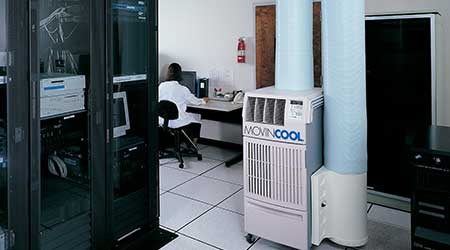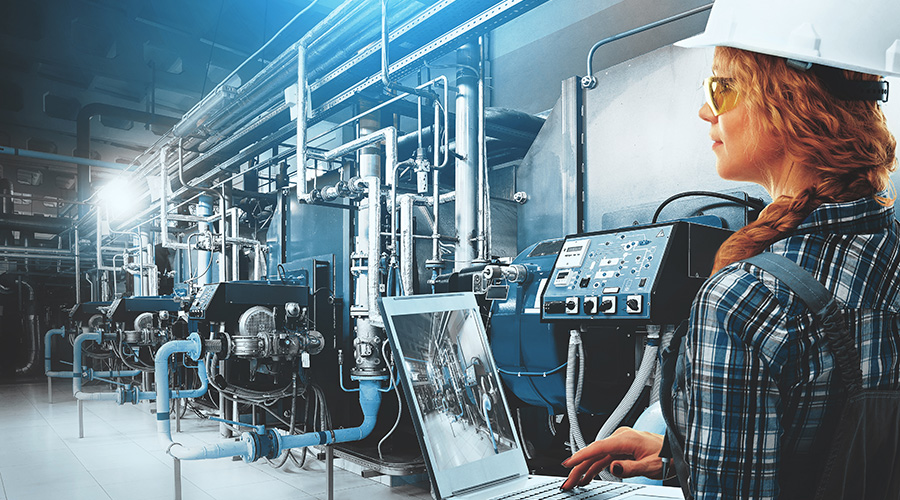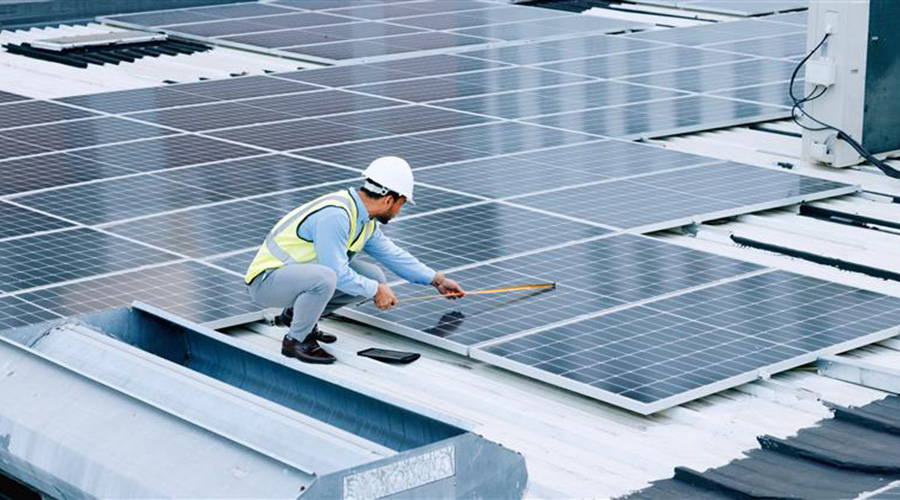 New-generation portable cooling units offer lower noise levels, given the range of applications of the equipment throughout facilities.
New-generation portable cooling units offer lower noise levels, given the range of applications of the equipment throughout facilities.Portable Cooling When it Counts
Providing cooling for a facility — whether in an emergency or for a special event — means managers must do their homework
No one wants to think about worst-case scenarios, but some people have no choice. Maintenance and engineering managers in institutional and commercial facilities have no choice when it comes to preparing for power or equipment issues that threaten the comfort of building occupants. In the case of hospitals, the problem can threaten occupant health.
To plan effectively for emergency cooling or even temporary, event-related cooling, managers need to understand the cooling needs and resources of their facilities, as well as available portable cooling products and technology. Armed with this information, they can work with manufacturers and equipment dealers to keep facilities cool when it counts.
A new generation
The latest portable cooling equipment offers a range of updated features and functions that are designed to address the changing portable and emergency cooling needs of facilities. One set of produce advances the level noise the units generate — a key consideration given the locations that the units operate in.
“One thing we’ve been working on hard to change and improve is the sound of the units,” says Rafael Bombino with Rankin Group. “Some of the complaints have been that the units are noisy. These are mechanical systems, and there’s a fan or a blower in there, so they’re going to make some noise. But we’ve worked hard to make these units generally a little bit quieter and a little more efficient.”
The changes involve the choice of materials and components manufacturers use in the cooling units.
“The quieter, the better, so (new units) use a blower-wheel assembly that might produce less air noise or compressors that are a little more insulated or soundproofing in the unit itself,” says Scott Brainard with Temp-Air.
While some changes aim to improve the units’ functionality — easier-to-read LCD displays and electronic thermostats instead of a simple dial — manufacturers also are paying attention to looks.
“Manufacturers also have taken into consideration the units’ appearance and have tried to make them durable, depending on the environment they’re going to be in but also making them aesthetically pleasing,” Bombino says.
Related Topics:














